Ian T Burke
Speciation and leaching behaviour of inorganic contaminants in actively eroding historical coastal municipal solid waste landfills
Burke, Ian T; Onnis, Patrizia; Riley, Alex L; Gandy, Catherine J; Ramos, Violeta; Rollinson, Gavyn K; Byrne, Patrick; Crane, Richard A; Hudson-Edwards, Karen A; Jennings, Elin; Mayes, William M; Mosselmans, J Frederick; Jarvis, Adam P
Authors
Patrizia Onnis
Dr Alex Riley A.L.Riley@hull.ac.uk
Lecturer in Environmental Science
Catherine J Gandy
Violeta Ramos
Gavyn K Rollinson
Patrick Byrne
Richard A Crane
Karen A Hudson-Edwards
Elin Jennings
Professor Will Mayes W.Mayes@hull.ac.uk
Environmental Science
J Frederick Mosselmans
Adam P Jarvis
Abstract
The erosion of legacy coastal municipal solid waste landfill sites will result in the dispersion of particulate material into nearby ecosystems with potential for effects on marine populations. Information on the speciation and solid phase associations of metal(loid) contaminants will help to predict contaminant behaviour and better understand ecosystem risks. Here, we investigate the solid phase composition of, and metal(loid) leaching from, fine fraction materials recovered from three actively eroding coastal landfill sites. High concentrations of a range of potentially toxic elements (As, Cd, Cr, Cu, Pb, Ni and Zn) were present in multiple samples, but metal(loid) leaching rates were very low (≪ 1 wt. %) in both deionised water and seawater solutions. Therefore, particulate dispersion is the most likely mode of contaminant transport occurring at these sites. The fine fraction materials were dominated by fine sand sized (63-180 µm) quartz grains and silt sized (< 63 µm) matrix components, which were likely to be poorly retained on beaches and easily transported offshore. Four priority contaminants (As, Cu, Pb and Zn) were found to occur primarily in adsorbed or precipitate forms, as either coatings on other particles or as discrete <10 µm particles. Dilution of these fine-grained contaminated particles within natural pelitic sediments will likely reduce the overall ecosystems impacts; but the risks to filter and bottom feeding organisms, and the potential for biomagnification across trophic levels are poorly understood.
Citation
Burke, I. T., Onnis, P., Riley, A. L., Gandy, C. J., Ramos, V., Rollinson, G. K., Byrne, P., Crane, R. A., Hudson-Edwards, K. A., Jennings, E., Mayes, W. M., Mosselmans, J. F., & Jarvis, A. P. (2025). Speciation and leaching behaviour of inorganic contaminants in actively eroding historical coastal municipal solid waste landfills. Marine pollution bulletin, 219, Article 118341. https://doi.org/10.1016/j.marpolbul.2025.118341
| Journal Article Type | Article |
|---|---|
| Acceptance Date | Jun 19, 2025 |
| Online Publication Date | Jun 25, 2025 |
| Publication Date | Oct 1, 2025 |
| Deposit Date | Jun 19, 2025 |
| Publicly Available Date | Jun 27, 2025 |
| Journal | Marine Pollution Bulletin |
| Print ISSN | 0025-326X |
| Publisher | Elsevier |
| Peer Reviewed | Peer Reviewed |
| Volume | 219 |
| Article Number | 118341 |
| DOI | https://doi.org/10.1016/j.marpolbul.2025.118341 |
| Keywords | Landfill erosion; Municipal solid waste composition; Metal(loid)s; Pollution; µXAS; Particulates |
| Public URL | https://hull-repository.worktribe.com/output/5240857 |
Files
Published article
(3 Mb)
PDF
Publisher Licence URL
http://creativecommons.org/licenses/by/4.0
Copyright Statement
© 2025 The Authors. Published by Elsevier Ltd. This is an open access article under the CC BY license (http://creativecommons.org/licenses/by/4.0/ ).
You might also like
PFAS River Export Analysis Highlights the Urgent Need for Catchment-Scale Mass Loading Data
(2024)
Journal Article
Environmental behaviour of iron and steel slags in coastal settings
(2024)
Journal Article
Downloadable Citations
About Repository@Hull
Administrator e-mail: repository@hull.ac.uk
This application uses the following open-source libraries:
SheetJS Community Edition
Apache License Version 2.0 (http://www.apache.org/licenses/)
PDF.js
Apache License Version 2.0 (http://www.apache.org/licenses/)
Font Awesome
SIL OFL 1.1 (http://scripts.sil.org/OFL)
MIT License (http://opensource.org/licenses/mit-license.html)
CC BY 3.0 ( http://creativecommons.org/licenses/by/3.0/)
Powered by Worktribe © 2025
Advanced Search
